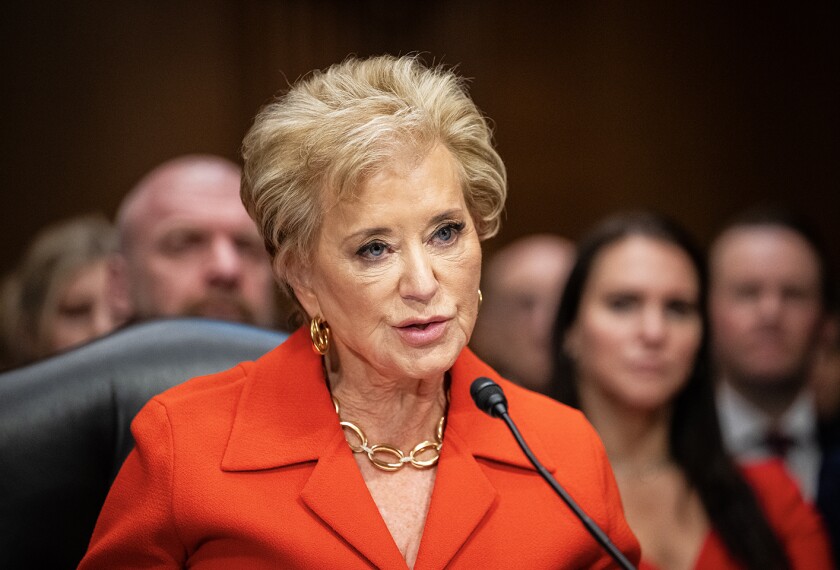On first glance, the 19 students filing into the Voice of America studios last week looked like most other high school groups touring the nation’s capital during spring break. They sported baggy jeans, yellow “livestrong” bracelets, and digital cameras.
“You look thoroughly American at this point,” said VOA Director David S. Jackson as he welcomed the teenagers to the headquarters of the international broadcasting service financed by the U.S. government.

But the five girls and 14 boys were far from your typical American high school students. They were Afghan citizens taking part in the Partnerships for Learning: Youth Exchange and Study program.
In its second year of operation, the U.S. Department of State-sponsored venture brings students and teachers from countries with significant Muslim populations to live and study in the United States for a year. The goal is to build cultural bridges between the United States and the people of those countries. (“Muslim Students Question Foreign Policy, With U.S. Assent,” June 16, 2004. and “U.S. Bringing Iraqi Students and Educators to America,” Jan. 12, 2005.)
This school year, 450 students are participating, including, for the first time, 40 from Afghanistan. The Washington-based American Councils, a nonprofit educational-exchange organization that set up and administered the Afghan program this year, will also host 40 Afghan teenagers this coming school year, according to Adam Meier, a public-affairs adviser for the State Department’s Bureau of Educational and Cultural Affairs.
Gender Adjustment
The Afghan students, ages 15 to 17, have been attending U.S. high schools and living with American families in 20 states since last summer. Their five-day trip to Washington marked the beginning of re-entry preparations for returning home. The activities included interviews in their native languages, Dari and Pashto, for the VOA’s broadcasts to Afghanistan.
Among the greatest challenges the students faced coming to America, said Lisa Choate, the vice president and director of programs for American Councils, was adjusting to gender relations. In Afghanistan, boys and girls are educated separately, and girls are not supposed to speak to boys their own age unless they are relatives.
The Afghan students seemed to have adjusted to American gender roles quite well over the course of their stay. Boys and girls were freely talking with one another as they toured the VOA building. None was shy about talking to a reporter, either, about school, family life, politics, and American rock music.
In fact, they seem to have embraced many aspects of American life. Girls were dressed in slacks, their heads bare, as opposed to the traditional head-scarves and long gowns many traditional Afghan women wear. Several students talked about their iPods, the Web sites they had created, and their e-mail correspondence.
Ali Hesary, a 17-year-old from Parwan province, just north of Kabul, who has been studying in North Carolina, acknowledged that the initial transition was difficult because of language barriers and his American peers’ stereotypes about Afghans. They “thought that all Afghans were terrorists,” he said. “They asked if I was related to Osama Bin Laden.” Many were curious to know if the Afghan student had ever shot a gun, or killed someone.
Khushal Rasoli, a 16-year-old from Kandahar, in southeast Afghanistan, faced similar questions at the school he attended in Florida. But once he started talking to his fellow students, and correcting their misperceptions, the Americans immediately opened up to him, he said. “Now, they don’t want me to leave.”
The students will be heading back to Afghanistan at the end of June, and they acknowledged that their homecoming will probably be more challenging than their arrival in the United States.
In discussions about reverse culture shock held here over the course of the visit, the program’s facilitators showed the students photographs of themselves taken last summer to remind them of the lives they will be returning to.
Some will go back to homes with little or no electricity and limited hot water. Some will return to families with several mothers and one father, reflecting a society in which a man may have more than one wife.
According to Ms. Choate, the boys will likely garner better prospects in arranged marriages because of their international-travel experience and their ability to speak English. Girls, however, may have tarnished reputations because of their new friendships with Afghan and American boys, and find their marriage prospects diminished.
Future Plans
Despite the potential hurdles, the students expressed optimism about the future. Inspired by American democracy, freedom of speech, gender equality, and educational opportunities, they vowed to work toward improving the quality of life in their native land.
One student who has been living in Montana, 17-year-old Arif Nairam, spoke of raising money to establish educational centers for widows and girls in remote Afghan villages.
“That way, they won’t depend all the time on the men,” he explained.
Najia Babak, a 16-year-old native of Kabul, the capital, who has been living in North Carolina, began cutting her hair short and dressing like a boy under the country’s former Taliban regime so that she could attend school, a crime for a girl that was punishable by death. Although nervous about returning to Afghan gender roles, she is enthusiastic about bringing home the lessons she has learned about community service and leadership. “First, I would like to help myself,” she said, “and then, help others.”




